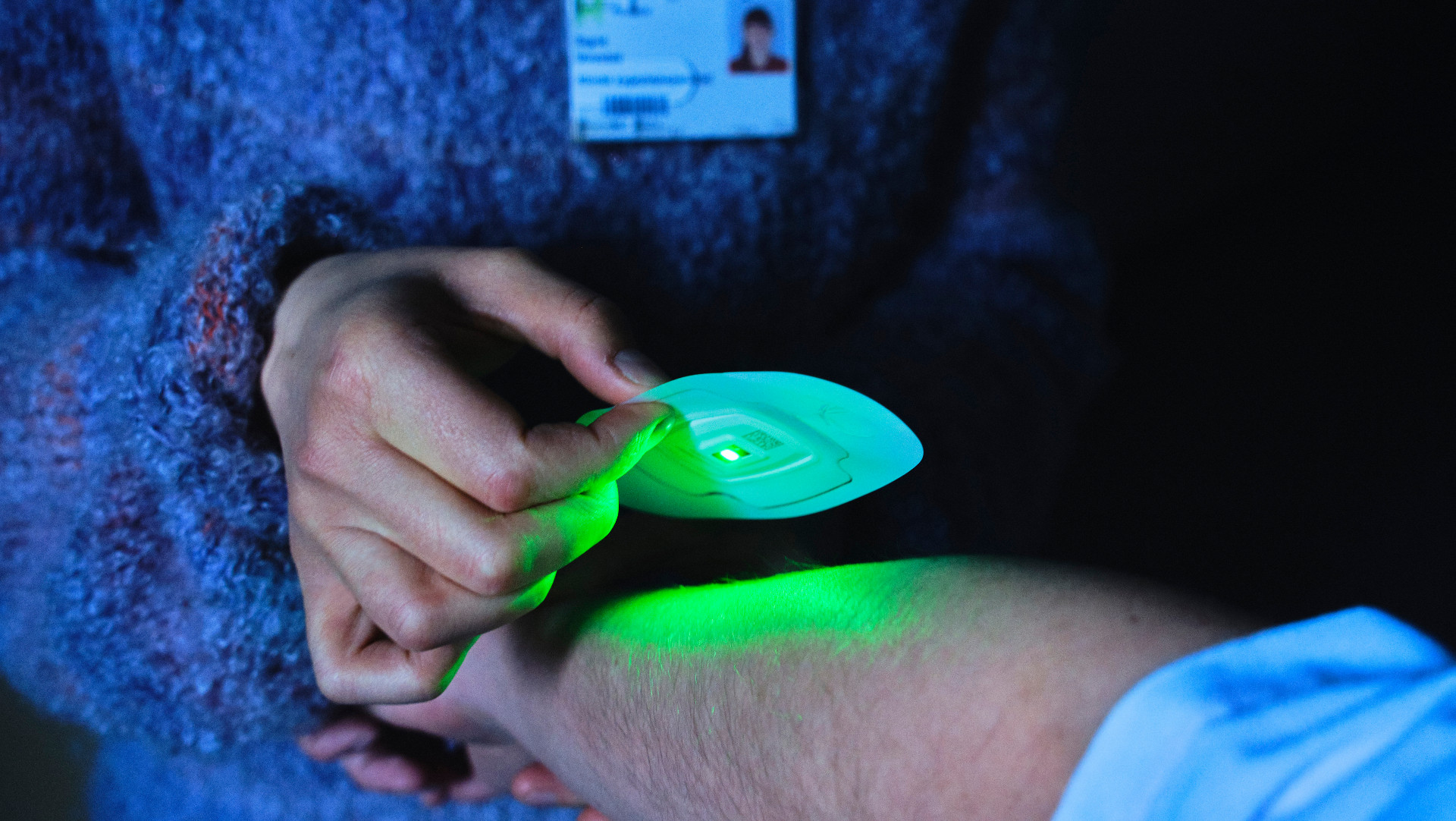By head of DTU Health Tech, professor Jan Henrik Ardenkjær-Larsen. Published in 'Altinget Sundhed' June 2023.
Medical advances are very often driven by new technologies that offer improved precision and accuracy. For example, improvements in nuclear magnetic resonance imaging (MRI) have resulted in giant headways having been made in diagnostics and treatment.
However, we are beginning to see that further advances in sensitivity and resolution using conventional methods are being challenged. But there is a promising and new direction in biomedical sensors, where we will probably soon see greatly improved performance as a result of technical research in quantum physics and technology.
In Denmark, we are generally at the forefront of research in new quantum technologies, and there are strong environments at several universities, including DTU. In addition, more and more industries have become aware of the potential offered by quantum technologies, especially in relation to quantum communication and encryption, as well as in the development of quantum computers.
However, there is one area where the potential has not yet been spotted, and that is in life science and health, but I believe that the time is now ripe.
A relevant occasion is the Government’s announcement that they will maintain national focus on the development of quantum technologies—including in healthcare—with a total investment of around DKK 1 billion from 2023-2027.
The health service should not wait for the development of quantum computers with sufficient computing power, because we can already now exploit the properties of quantum mechanics to create innovative solutions to healthcare challenges.
A specific example of quantum technology that has enormous potential in the healthcare sector is NV sensors, which we are, for example, working with at DTU Health Tech together with Ulm University in Germany under an ERC Synergy grant.
In short, these are technologies that are based on quantum mechanical properties in small defects in diamonds. We can use these to, for example, measure small magnetic fields generated by biological systems and identify biomarkers at molecular level (nanoscale).
This gives us a number of options in relation to early detection of diseases, precision medicine, drug delivery, and imaging, where quantum sensors can deliver detailed images with high resolution and contrast.
The extreme sensitivity of NV sensors enable them to perceive even very small magnetic fields and means that they can detect even the smallest changes in the chemical or physical composition of the body or its electrical nerve signals.
This opens up for more precise monitoring of patients with chronic diseases such as diabetes, heart disease, or neurological disorders and may make earlier disease detection possible.
And that is just one example. There are many other opportunities for the healthcare sector to see the potential, push the development, and promote and integrate these and similar technologies.
Recently, a consortium of four universities and four ministries, among other partners, entered into a collaboration on the development of a quantum-proof network: qci.dk. A similar collaboration would be obvious in the field of health and life science.
A first step should be increased awareness of the potential, which could suitably be supported by extended collaboration between researchers, hospitals, and technology companies, where, together, we pick the low-hanging fruits and come up with ideas for moonshot projects. We need to bridge the gap between quantum technology and the healthcare sector.
